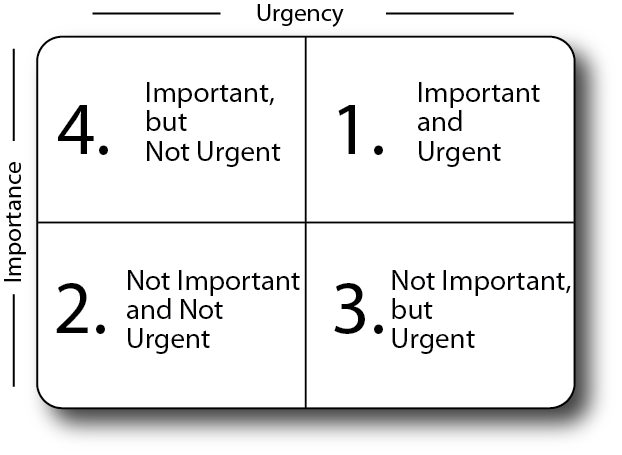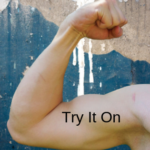“Remember to say what you mean, but don’t say it meanly.”
—Elizabeth George, American writer of the Inspector Lynley mysteries

Image from Unsplash by RawPixel
I am currently working with a young manager who is preparing a performance review for a colleague who is falling considerably short of the expectations for the job.
He had begun writing his report, and noticed how harsh it appeared. He felt fearful and anxious, considering the likely impact on this individual, whom he must work with each day.
His request for coaching was related to his need to communicate the poor performance in a way that would support openness, and encourage improved performance. He didn’t want to crush this person’s spirit and have them withdraw.
EXERCISE:
Where in either your professional or personal life do you need to say what you mean in a far more acceptable way? Consider one of my favorite books, Fierce Conversations by Susan Scott, to help you. Two additional resources for your consideration on this subject are Crucial Conversations, and Crucial Confrontations.













